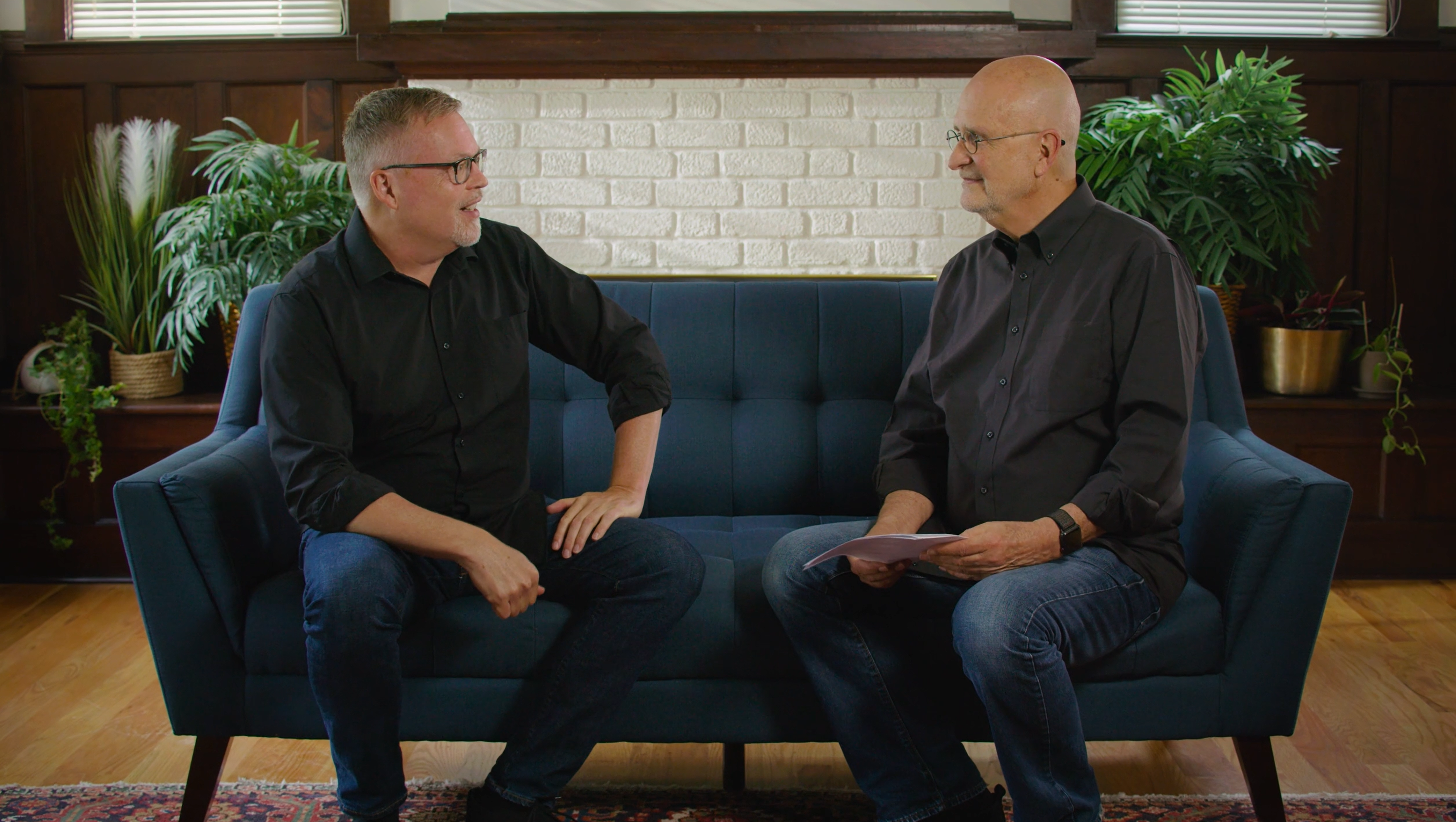The donor’s interests and passions are the most strategic and critical pieces of information in major gift fundraising. A major gift officer cannot expect to be successful in her job if she doesn’t have this information. It is the main driver of everything she does with each donor on her caseload.
In the commercial world, businesses spend millions of dollars finding out customer preferences, desires, leanings, etc. Why? Because if they just offer their product for sale without this knowledge, the chances of actually causing a transaction are far less – which means wasted sales and marketing dollars, and less profit. There is nothing like matching the features and benefits of a product to the needs, wants and interests of a potential customer.
One of the continuing discussions we at Veritus have with MGOs is on this very subject. Here is how a typical conversation goes:
Veritus: “Have you identified the interests and passions of the donor?”
MGO: “Sure have. They just love (insert name and mission of the MGO’s organization).”
Veritus: “Well, of course they do. That’s why they responded to the original donor acquisition message and came on board. They chose you, in addition to the other organizations they want to support. But that is not enough information for your work.”
MGO: “What do you mean? Isn’t it enough to know that they want to support the mission of the organization?”
Veritus: “No. The organization fulfills its mission by doing (insert anywhere from 6 to 25) distinct services and programs. Do you know which one of those distinct services or programs the donor is interested in? And once you uncover that, there is an underlying reason for that particular interest that you need to know. Do you know any of this information?”
MGO: “No, I don’t. How do I find out?”
To be fair, many MGOs do know more information than I am representing here. But in almost every case, they could know more.
It is important to have this information because a donor’s interests and passions are the main drivers for their giving. Seems obvious, doesn’t it? I mean, a donor wouldn’t give to something she wasn’t interested in, would she? Hardly ever.
I remember one donor who was giving generously to a drug rehabilitation program. Why? Because he lost his son in a drug overdose. He hoped that he could redeem the situation in some small way by helping another “son” find his way out of drug addiction.
People give for so many reasons, and it is your job as a MGO to find out why – because when you do, you can serve that donor so much better in his quest to fulfill his interests and passions.
So, how do you uncover a donor’s interests and passions? Let me suggest this process:
First, build a relationship of trust where you clarify what you are doing. This is best done by convincing the donor, through your behavior and also your words, that your major objective with him is to help him fulfill his interests and passions. This may sound rather lofty and noble, and unbelievable to the donor. But here is how you could frame it at an appropriate time in the relationship:
“You know, Name, my job at the organization is to raise money for our programs. So in that sense, you might think that all I am interested in is your money. I understand how you could come to that conclusion. You could easily be frustrated by all the people who seem to be interested in your money, rather than being interested in you. Our fundraising programs don’t come from that place at all. We believe that the path to securing resources for the programs we operate is one where we serve the interests and passions of our donors. My objective is to understand what drives your giving – what you are interested in – and then take that information and find a program of ours that matches well. If I can do that successfully, you will fulfill your interests and passions by working with us to address a pressing need on our planet. So as I get to know you better, that is what I am trying to do.”
Jeff and I think that some form of this messaging, one that fits your personality and style, is what the donor needs to hear about your relationship with him. That is the first point – clarifying what you are up to in the relationship. Making it clear that your relationship is fundamentally not about the money. It is about fulfilling the donor’s interests and passions.
The next step is securing information. Easy to say, I know. But executing this step is as much an art as it is a science. The science part is asking “what are you interested in” and “why are you interested in that?” It is only these two points, the what and the why. The “art” part is doing the information gathering in a manner that is respectful, careful and persistent.
You can’t just barrel into the relationship and start an inquisition with the donor. You have start slowly and work on it over time, building relationship and trust as you go along. Think about this in phases:
- Phase 1 is explaining what you are up to – the first point above.
- Phase 2 is having a menu of all the things your organization does on a list – I mean the categories of programs. Not just the big 2 or 3 categories, but all the subcategories as well. One client of ours has a master list of 23 categories. When you look at that list you have a full menu of interest possibilities. So create that list with your leadership.
- Phase 3 is asking the donor what she is interested in. She is likely to identify a larger category of activity or even say that she doesn’t have a specific interest – that she “just loves supporting the organization.” If she does that, then say: “That’s wonderful, Name. But as you know, the major program areas we have are (read major areas). Is one of these more interesting to you than the others?” And try to get her to identify at least one. When she does identify one, you can go on to say: “That’s great, Name, and there are five things in that category [go through them]. Does one or more of these programs interest you more than the others?” And you talk about it. Now, I know that when you read this, it sounds stilted and formulaic. That’s because you are reading it. But if you do it over time, and if you take your time doing it naturally, it can be a very relational information-gathering experience, which is what it needs to be. This phase alone may take months. Take your time. But you need to be sensitively persistent – always probing and trying to secure the answer.
- Phase 4 is asking the donor the “why” question. This is taking things to a deeper level, and it requires time and very careful handling. One way I have done this in the past is to tell the donor why I give to things or why I make certain choices. I then follow it by asking: “You know, Name, I’m curious as to why you are interested in supporting (the interest identified earlier). Is there an underlying reason that that area has become a focus of yours?” And again you take your time (even weeks or months) to find out this information.
The key thing to this process is winning the donor’s confidence about what you are doing and why you want to secure this information. You’re doing this, quite simply, to serve the donor better in fulfilling her interests and passions.
If you, sincerely and with integrity, can help the donor understand your intentions and motives in this area, you will find that she will tell you what you want to know. But I emphasize the words “sincerely and with integrity.” Because if you take the counsel I am giving you here and you use it to manipulate the donor, you will not succeed. Why? Because your intention to manipulate will ooze out of your pores, and the donor will turn and run away from you.
So watch your heart and your motives as you seek to serve your donor better. And take the pressure you feel to reach financial goals and redirect that pressure toward learning more about each donor on your caseload.
Richard





A refreshing and well-written article. It brought me right back to the foundations of my role. Firstly, why it is so important to serve our Donors. Secondly, why we need to get to know our Donors. Thank you.